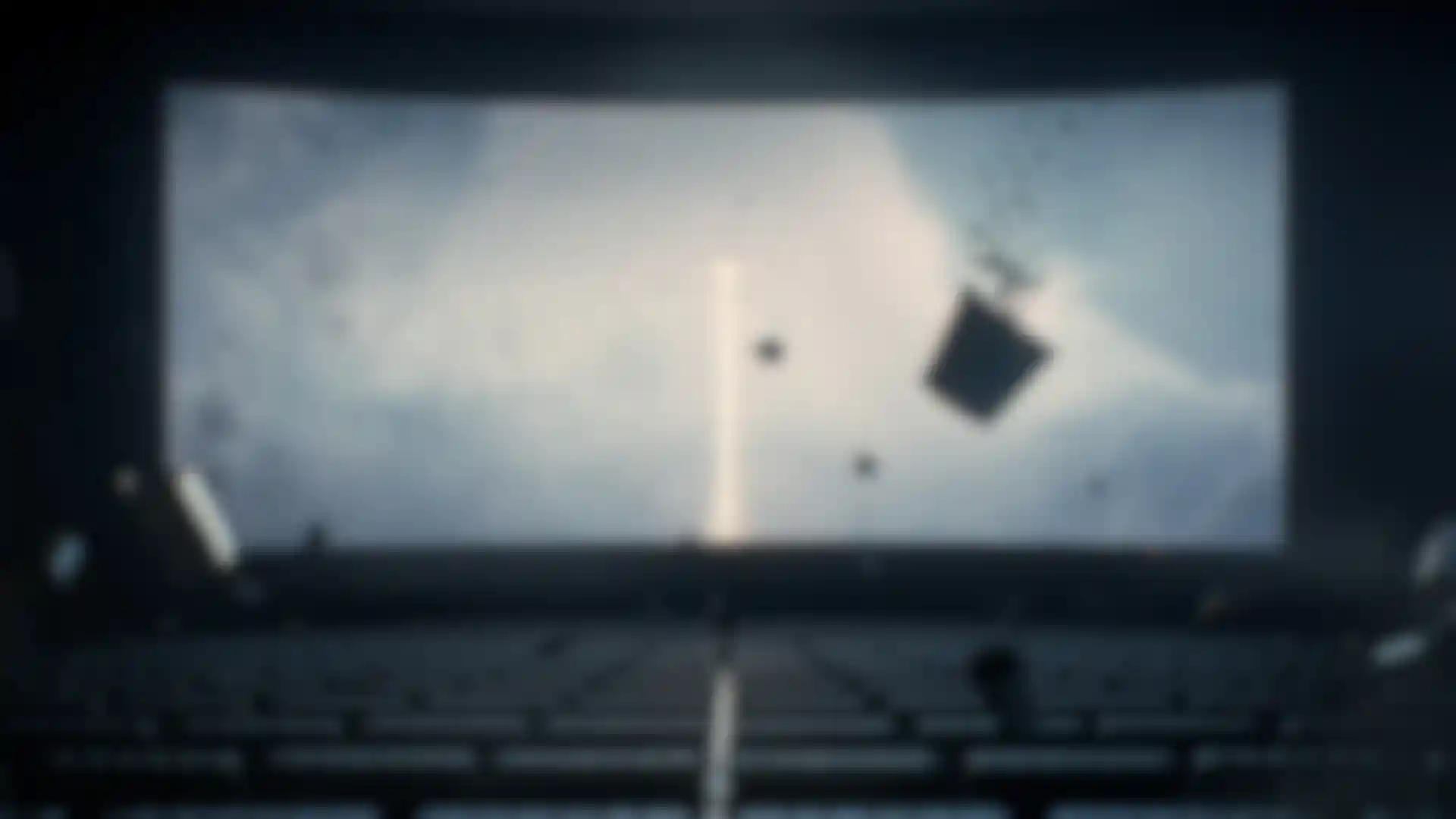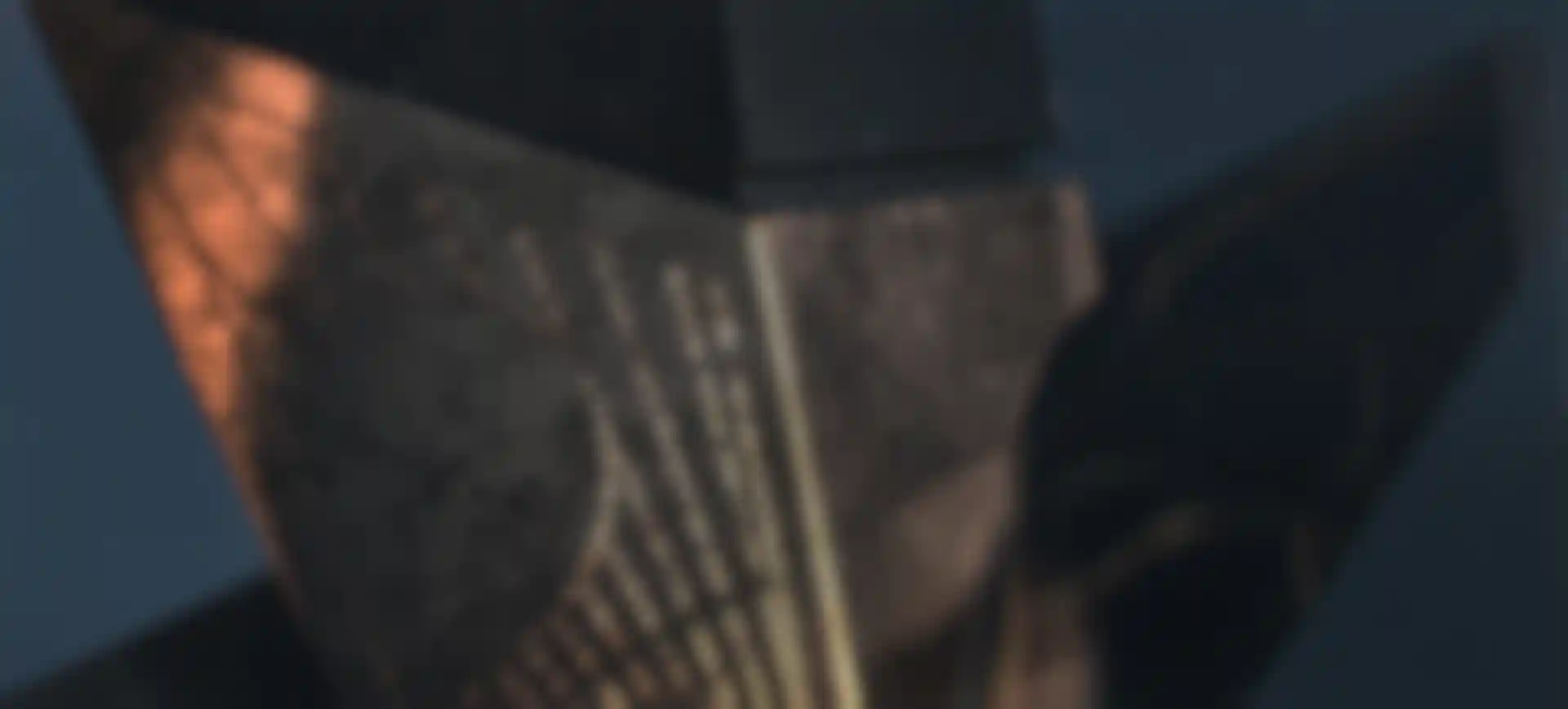
The Opposite of Reality Germany-based Mondlicht Studios on the 3D-animated short they created for the Motion Design Awards.
For the Motion Design Awards, a daily award platform recognizing excellence in motion design by artists and studios around the world, Germany’s Mondlicht Studios created a two-minute animated film that depicts the cinema screen as a portal to a fantastical world that influences reality. Created using Cinema 4D, Redshift, After Effects and DaVinci Resolve, Elevation is a metaphor for the way creative ideas from the digital world can influence our perception of the real world around us.
Mondlicht CEO Dmitriy Glazyrin, who directed the film, got his start as a freelance artist in Russia in the late 2000s. After working in feature films as a matte painter, as well a stint at Brazilian image studio Platinum FMD, he realized he preferred the fast pace and variety of the advertising world. So he started accepting small- to medium-sized contracts in different countries for a variety of clients.
He co-founded Mondlicht in 2019 with two other digital artists he had worked with over the years, David Schaefer and Maksym Khirnyy. The trio leveraged their existing contacts with advertising agencies, eventually attracting more clients and expanding to about 12 to 14 artists in Germany and elsewhere.
The Power of Art
Elevation features a mysterious figure who uses a magical staff to open a gateway from his world into ours, where a large movie theater screen becomes the portal between realities. Under the influence of the parallel reality, popcorn buckets and soda cups begin to levitate along with shopping carts, a phone booth, a school bus and even rain droplets.


After discussing the rough outlines of the project with the Motion Design Awards, Mondlicht was given of freedom in its approach. The team drew inspiration from many different things, including the idea of a world in transformation, which was partly influenced by Christopher Nolan and Inception. The mood and color palette were borrowed from certain David Fincher films, and Glazyrin suggests the Egyptian stylings of Stargate may have been an influence, too.
But, at its core, Elevation is really about the power of art. “Zero gravity was a metaphor for the idea that, when something is happening behind the movie screen, it starts to affect and transform our real world,” Glazyrin explains.
The film opens with a staff, its design inspired in part by the Motion Design Awards logo, assembling itself from different pieces floating in the air inside a cave. The details were created with displacement maps and accented with reflected light, and the team used mattes in Redshift to manipulate the depth of field effects, including background bokeh. The shallow depth of field also reduced visible detail, making it easy to get great results from Redshift Denoiser.

Unpacking the Process
Mondlicht’s pipeline was originally built on Maya, 3DS Max and V-Ray. Eventually, they moved to C4D as their main 3D tool, and they adopted Redshift soon after. “On one of the first projects in Redshift, I had sculpted 70 million polygons with ZBrush, and later I needed to add some subsurface scattering and render it all together,” Glazyrin recalls. “Redshift rendered the 14K image in something like two hours, when other engines just crashed or didn’t even start. That’s how Redshift earned my trust and appreciation.”
Redshift was a workhorse during the making of Elevation. Almost all the elements in every scene were rendered directly out of Redshift. Where post-production work was required, compositing was done in either After Effects or DaVinci Resolve, depending on the task. Color-grading of the finished scenes was done in DaVinci Resolve.

The film’s mysterious protagonist was animated by Mondlicht’s Arthur Nalobin and his coat was designed and cloth-simulated by 3D artist Rafael Coppola Defelippe in Marvelous Designer. Procedural triplanar mapping was used to create more realistic textures on parts of the character.
The movie theater was lit with a mix of cool blue light given off by the projector and warm yellow environmental light, creating a cinematic mood. The projection beam was a rectangle of light with animated Redshift flare, giving the impression that the light rays were moving as the film was projected on screen.
X-Particles were used to simulate the flow of popcorn out of concession buckets, and fabric seats were rendered using a mix of fresnel and curvature. Some assets were acquired from the Quixel Megascans library, Glazyrin explains: “Nowadays, those assets help improve the speed of building a scene, and Megascans is very well integrated with Redshift.”

The upward-dripping water droplets added a level of complexity to some shots. “We built droplets in Houdini and used them to create a black-and-white sequence for displacement, then applied the displacement with opacity inside Redshift,” Glazyrin explains. “We applied the animated displacement map on the window glass and also on the bus, which is covered by droplets. It’s not super-visible, because at the end we calculated everything in full HD. But in 4K, you can see it’s there.”
The film’s final shot zooms out from a computer screen depicting the Motion Design Awards judging portal. It feels like a return to the real world, except that objects in the space are also starting to float upward. “We tried to make the story a bit more complicated, with one more turnaround,” Glazyrin says. “You think, OK, this is real. But this world is also starting to lose gravity. It means that even here, back from the screen, everything that we see inside the screens is changing the world and the environment around us.”

Once all the assets had been finished, Mondlicht also used C4D and Redshift to create a series of posters to promote the Motion Design Awards. As Glazyrin sees it, Elevation was an opportunity for Mondlicht to indulge its creativity and experiment with new techniques while promoting a client with truly striking visuals. “This is why I like Redshift,” he says. “I can mix light sources, include and exclude different parts from reflections and refractions and highlight exactly what I need.”